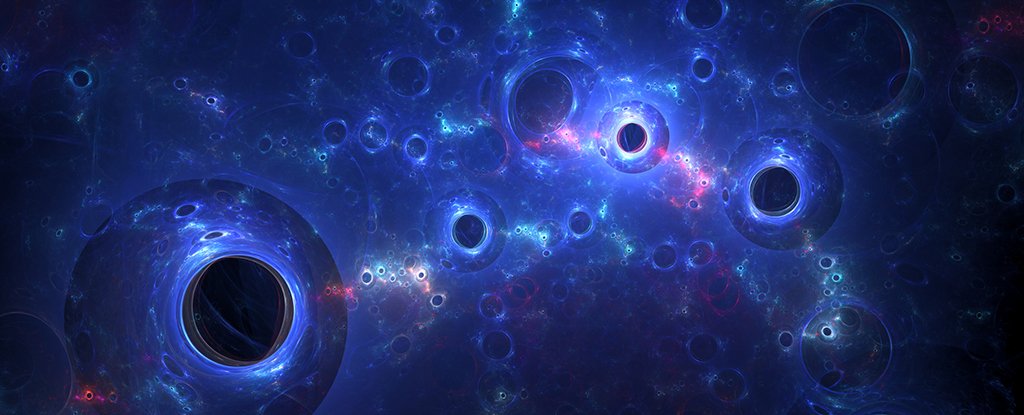Dark matter is a mysterious substance that makes up about 85% of the matter in the universe. Despite its abundance, dark matter has never been directly observed. Its existence is inferred from its gravitational effects on visible matter.
The Evidence for Dark Matter
- Galaxy Rotation Curves: Galaxies rotate faster than they should if they were composed only of visible matter. This suggests the presence of invisible matter, which provides the extra gravity needed to hold the galaxies together.
- Galaxy Clusters: The gravitational lensing of light by galaxy clusters indicates the presence of a large amount of unseen mass.
- Cosmic Microwave Background: The fluctuations in the cosmic microwave background, the leftover radiation from the Big Bang, suggest the existence of dark matter.
What is Dark Matter Made Of?
The nature of dark matter remains one of the biggest mysteries in physics. Several different types of particles have been proposed as candidates for dark matter, including:
- Weakly Interacting Massive Particles (WIMPs): These are hypothetical particles that interact weakly with ordinary matter and are difficult to detect.
- Axions: Axions are hypothetical particles that could be produced in the early universe.
- Sterile Neutrinos: These are hypothetical particles that are similar to neutrinos but do not interact with ordinary matter.
Detecting Dark Matter
Scientists are using a variety of methods to try to detect dark matter. These methods include:
- Direct Detection Experiments: These experiments search for interactions between dark matter particles and ordinary matter.
- Indirect Detection Experiments: These experiments search for the products of dark matter interactions, such as neutrinos or gamma rays.
- Particle Accelerators: Particle accelerators can be used to create and study dark matter particles.
The Importance of Dark Matter
Understanding the nature of dark matter is crucial for understanding the formation and evolution of the universe. Dark matter plays a key role in the structure and dynamics of galaxies and galaxy clusters.
Dark matter remains one of the most challenging and exciting mysteries in modern physics. As scientists continue to investigate this elusive substance, we may one day unravel the secrets of the invisible universe.
